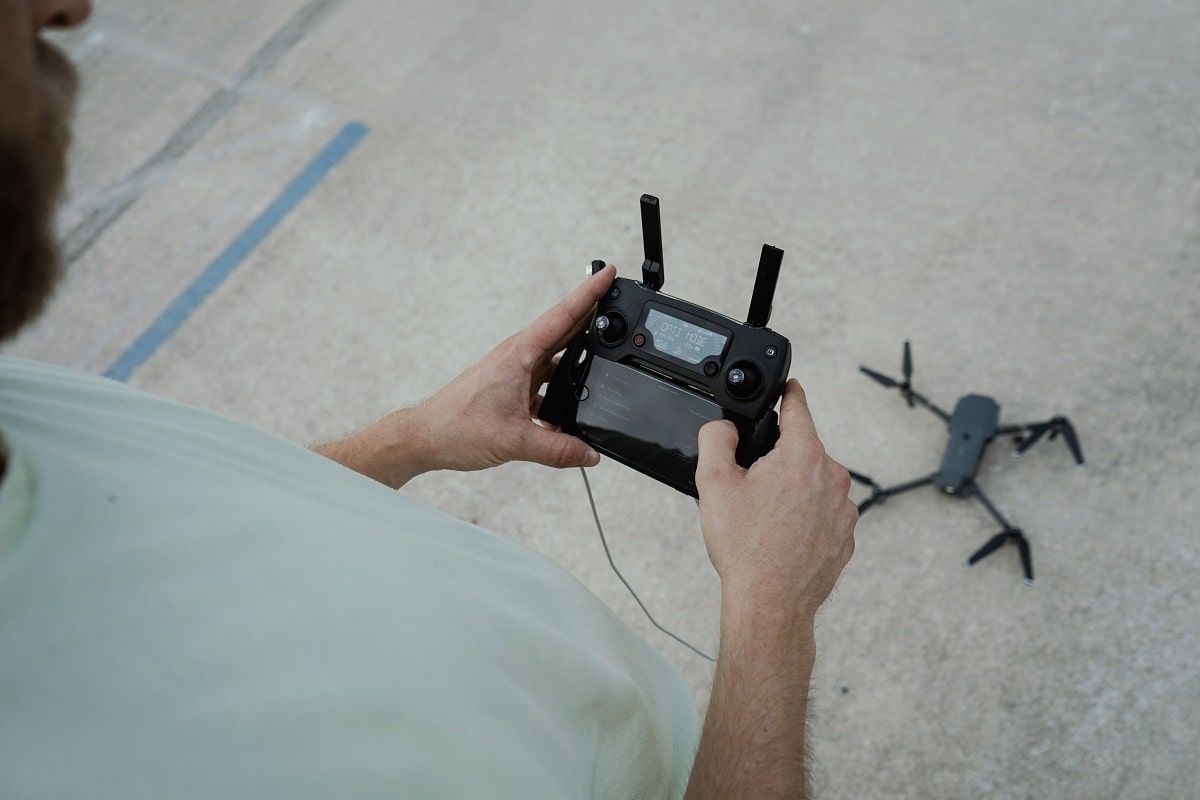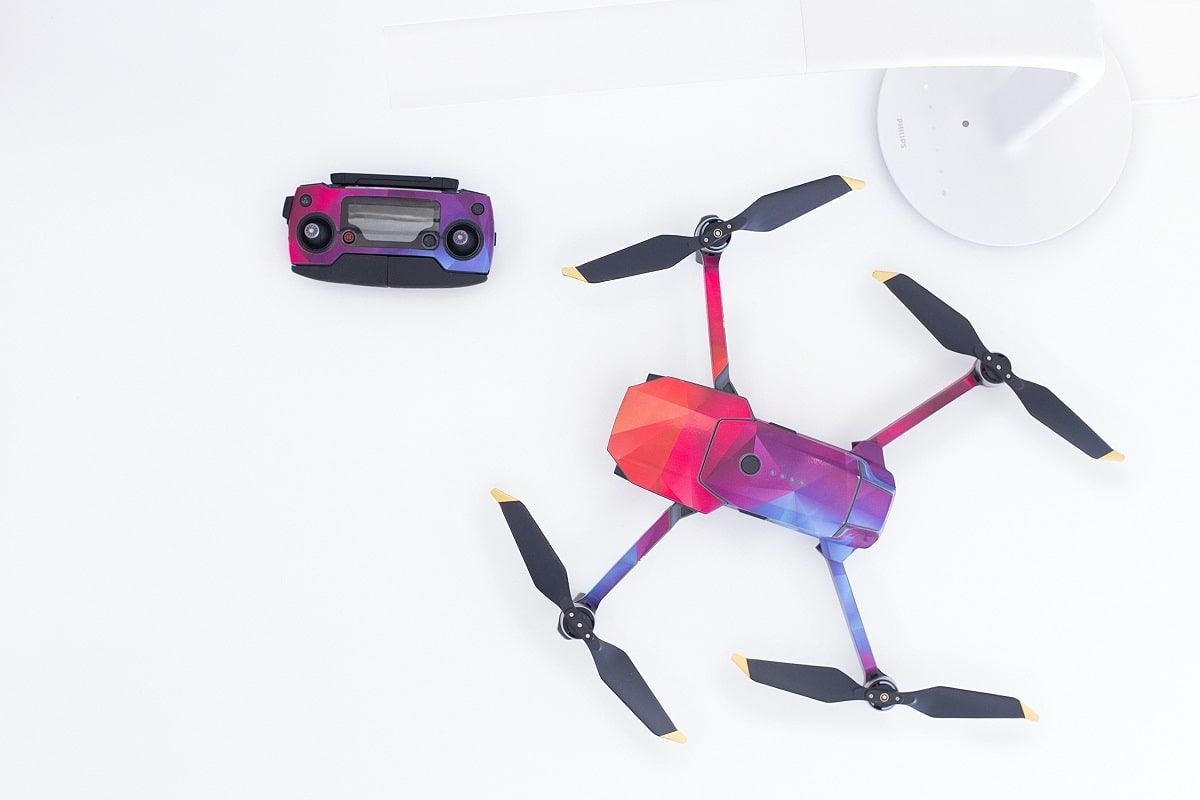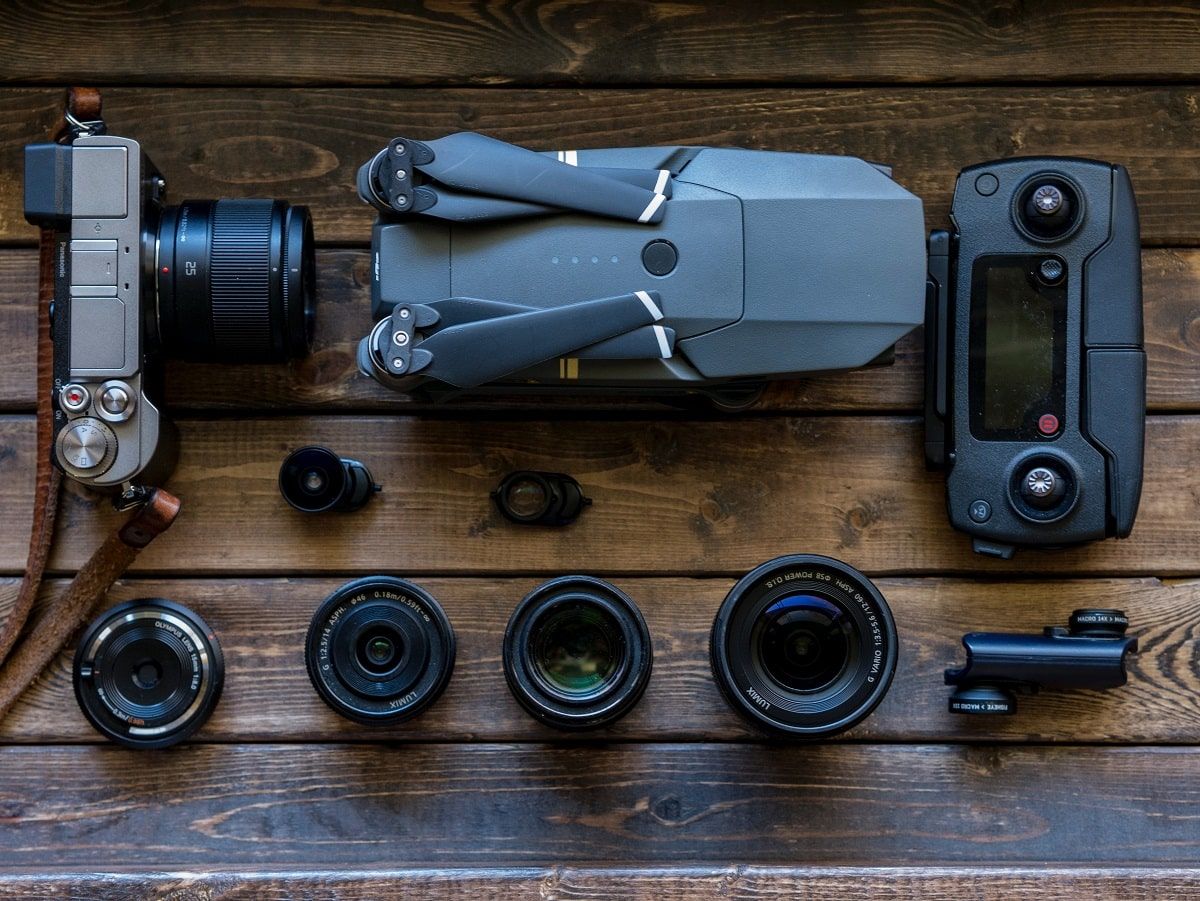Building a Drone From Scratch? Here’s What You Need to Do
Hire film gear from local filmmakers.

Hire film gear from local filmmakers.
So you want to build your own drone rather than buying it. Fear not; we have created a guide that takes you through everything you need and every step you need to take to build your drone and make it airborne.
First things first, here is a detailed list of everything you need to get started.
If you are more interested in FPV Drones, then check out our guide on how to build your own FPV drone.
Necessary items to build your own drone
Frame:
The frame is the base for your drone. You have the option to either build it yourself or buying the frame from a retailer.
The frame is also crucial in the dimensions of your drone; how many arms your frame has will dictate how many motors you are going to need. Quadcopter, drones with four motors, are by far the most popular.
The other dimension of your drone is size; frame sizes list the farthest distance that two motors are from each other.
Motors:
Drone motors are separated into two main types: Brushed and brushless. We recommend brushless motors.
While they are more expensive, they also last longer, have fewer breakdowns, and use less battery – meaning more air time.
ESCs or electronic speed control:
An essential piece of your drone as it delivers the electricity from the battery to your motors. You are going to need one for each of the motors on your drone.
Propellers:
When buying propellers, you need to find ones that match your drone's frame and motors.
When you build your own drone, you have to make sure that everything works together.
The power distribution board:
This is where your main electrical components connect. The battery is attached to the power distribution board, from where the ESCs and motors draw their power.
Connectors:
Connectors are needed to weld the motors and ESCs to each other and the power distribution board.
Flight Controller:
The flight controller is the hardware hub of your drone. It's where you connect things like ESCs, RC Input, GPS, Telemetry, and many other components you can connect to your drone. It is basically the brain of your drone.
They usually come equipped with a gyroscope and accelerometer, which automatically helps in balancing your drone.
Flight controllers are controlled by their firmware, which can either be closed source, where you can't see the code or make modifications or open-source, where you can make your modifications.

Batteries:
When purchasing the batteries, you must again consider the capacity and the type of battery so it fits your drone. The most used batteries are the Li-Po batteries.
Battery monitor:
A battery monitor is not an essential item. However, it is pretty helpful as it lets you know how much juice you have left.
RC Controller:
Used by the drone pilot to control the drone.
RC receiver:
Receives the inputs when you or whoever else uses the controller.
Mounting pad:
Reduces vibrations, and therefore improves flight. It is beneficial when shooting footage.
Gimbal:
A gimbal is a support system for your camera. It keeps your camera at the same angle, regardless of motion, and lessens vibrations. It is essential if you want to take your footage from amateurish to professional.
Camera:
Needed for recording footage. The best drone cameras can shoot in 4K quality.
USB key/Micro SD card:
If you use a camera, you need somewhere to store your footage.
Next up! Now you have all the parts, let us look at how to build your own drone.

9 Easy-to-Follow steps: Building your drone
Step 1: Assemble the frame.
If you are making your own frame, you need to assemble it. Depending on how sturdy you want your drone to be, you can use different materials, such as metal, plastic, or wood.
Your frame needs to be in an X shape, and each propeller will go on each point of the 'X'.
Step 2: Construct your drone's motors and propellers.
If you build your frame, you will need to make holes for the motors and affix them to the frame.
If you have a premade frame, you may discover it came with mounts for your motors.
Step 3: Mount your electronic speed controllers.
When you've attached your motors, you'll have to connect your ESCs to the bottom of your drone's frame.
Step 4: Connect the battery connector to PDB.
Attach your PDB to the bottom of your drone, and connect the battery connectors.
Step 5: Attach the landing gear.
You'll need to have landing gear on your drone, to absorb the shock from landing on a hard surface.
Make your landing material out of something both solid and flexible, as it will help you avoid damaging your drone when setting it down.

Step 6: Choose and add your flight controller.
Mount your flight controller on your drone. Make sure that you add a sponge or some soft material underneath the controller to reduce vibrations.
Then your drone should be able to stay stable in the air and make sense of shifts and changes in the wind.
Step 7: Connect the drone to a GCS and calibrate sensors.
Make sure to check that everything works well. You can test this by using a GCS and calibrating the different sensors on your drone.
Step 8: Double-check and test out.
Check and double-check everything is working and calibrated. Choose a safe location, slowly throttle up your drone and fly at low altitude the first time you test out your drone.
Step 9: Prepare for take-off.
Now the only thing left is to figure out where you are allowed to fly your drone and make sure that everything is in order before you go out there and fly your brand new drone.
Rent or subscribe to your next drone
You now know how to build a drone and make it flight-ready, but if you're just starting, how about renting or subscribing to your next drone?
You don't have to worry about significant investment and have precise technical knowledge or soldering and calibration. Just take a chance and try out a drone.
And if your arsenal of gear still isn't fully there, check out the must-have camera equipment here.
How to Build a Drone FAQ
How do you build a drone from scratch?
Building a drone is about getting the right parts and combining them into your very own drone.
Are drones difficult to build?
Building a drone does require some technical knowledge.
Is it expensive to build your own drone?
Building your drone does require the right parts and can be a significant investment, and it also depends on how much you want to and can make yourself.
Rent a drone from local creators.
Save up to 40%.
Global Coverage included.
https://images.wedio.com/images/listing_images/images/1949796/300x215/rent-dji-mavic-mini-on-wedio.jpg
https://www.wedio.com/en/drones
https://images.wedio.com/images/listing_images/images/1915165/300x215/lej_mavic_2_pro_med_pilot_p__wedio.jpg
https://www.wedio.com/en/dji-mavic-2-pro
https://images.wedio.com/images/listing_images/images/1915165/300x215/lej_mavic_2_pro_med_pilot_p__wedio.jpg
https://www.wedio.com/en/drones
https://images.wedio.com/images/listing_images/images/1934651/300x215/DSC05493-kopi.jpg
https://www.wedio.com/en/dji-mavic-air






















